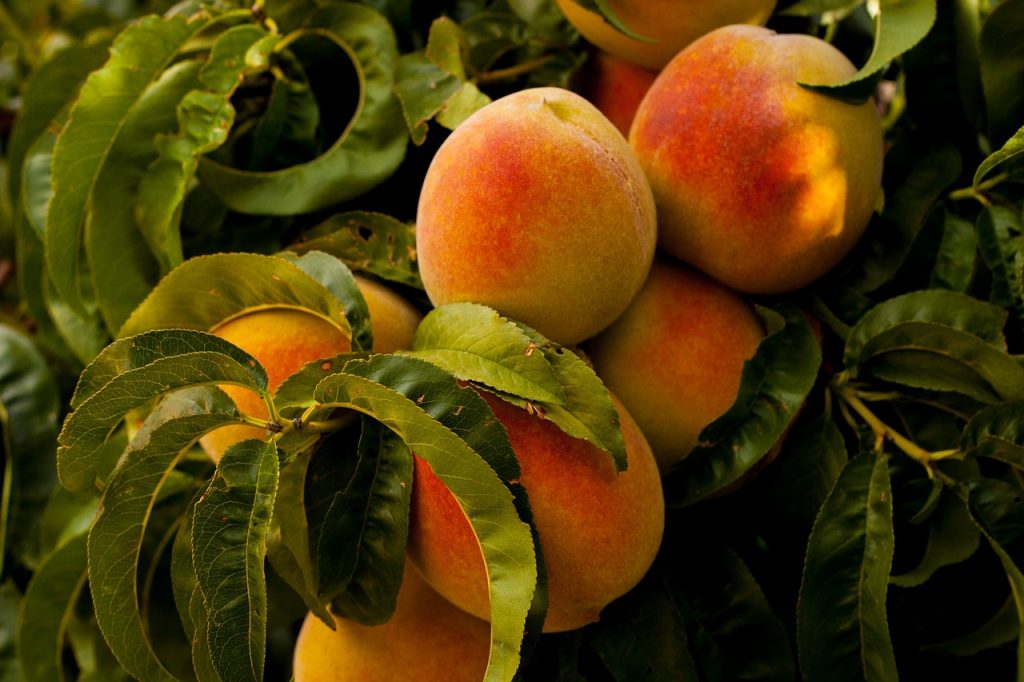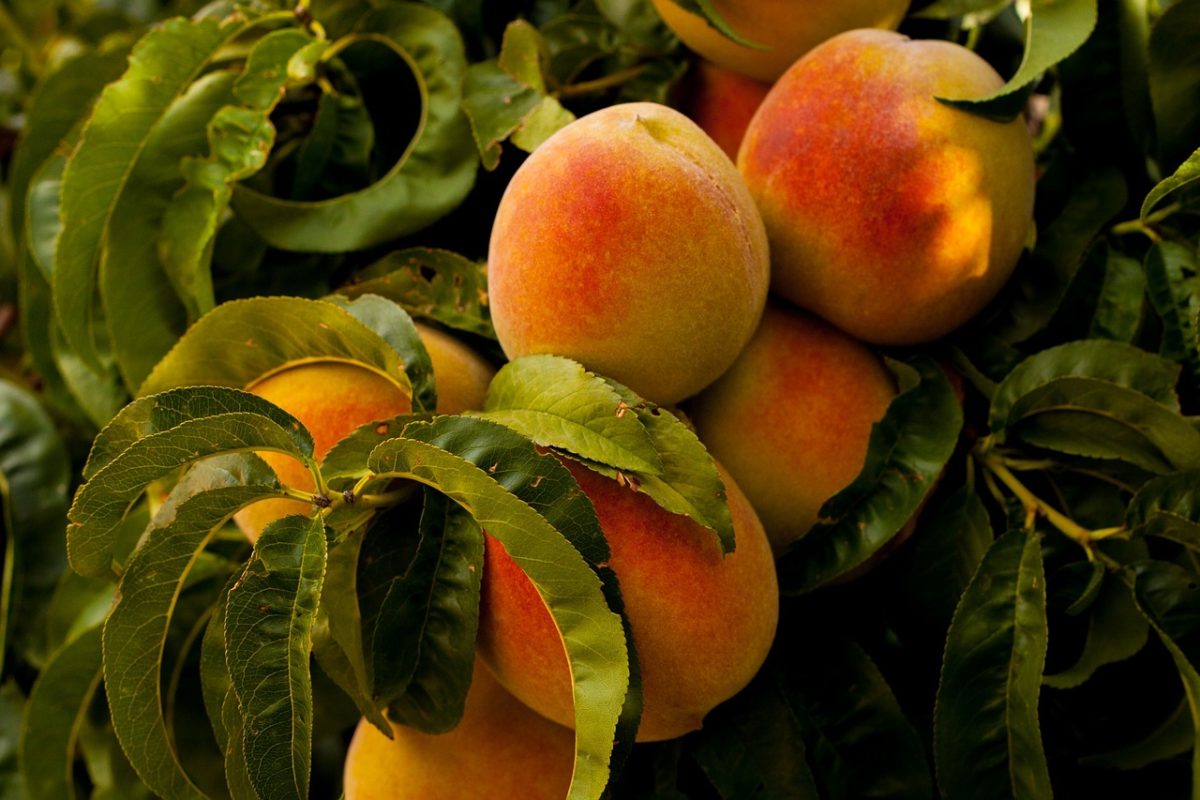
By Clint Thompson
Alabama’s fruit tree producers have enjoyed the cold temperatures in January. They have provided much-needed chilling hours that the trees need to mature. That’s according to Edgar Vinson, assistant research professor and Extension specialist in the Department of Horticulture at Auburn University.
He pointed out during Monday’s Alabama Extension Commercial Horticulture Facebook webinar how much ground was made up compared to early in the season when it was much warmer.

“North Alabama typically doesn’t have problems with chilling. It’s usually cold enough. Right now, we have a little over 1,000 chill hours. If we look at the dynamic model for both northern sections of Alabama, we have 47.5 and 54 chill portions,” Vinson said. “You can see that in central Alabama we are three chill hours behind where we were last year which is not a big deal. Earlier in the season, we were 150 chill hours behind where we were last year. If we look at the chill portions, we’re at 43. It indicates that we were actually getting a little more chilling than previously thought.”
The current chill accumulation for north Alabama is 1,038 chill hours, compared to 987 at this time last year. In central Alabama, there are 785 chill hours, compared to 788 last year. In south Alabama, there are 645 chill hours, compared to 633 a year ago.
Peaches need chill hours to mature. The required chill hours depend on the peach variety.
Chill portions are another way growers can record chill accumulation. In central Alabama, 43 chill portions equal 800 chill hours. In north Alabama, 47 chill portion equates to between 850 and 900 chill hours. In south Alabama, 31 chill portions are equivalent to 600 chill hours.
The chill portions in north Alabama are 47.5, compared to 48.2 last year. They are 43.2, compared to 42.5 last year in central Alabama. They are 31.7 compared to 37.1 last year in south Alabama.










